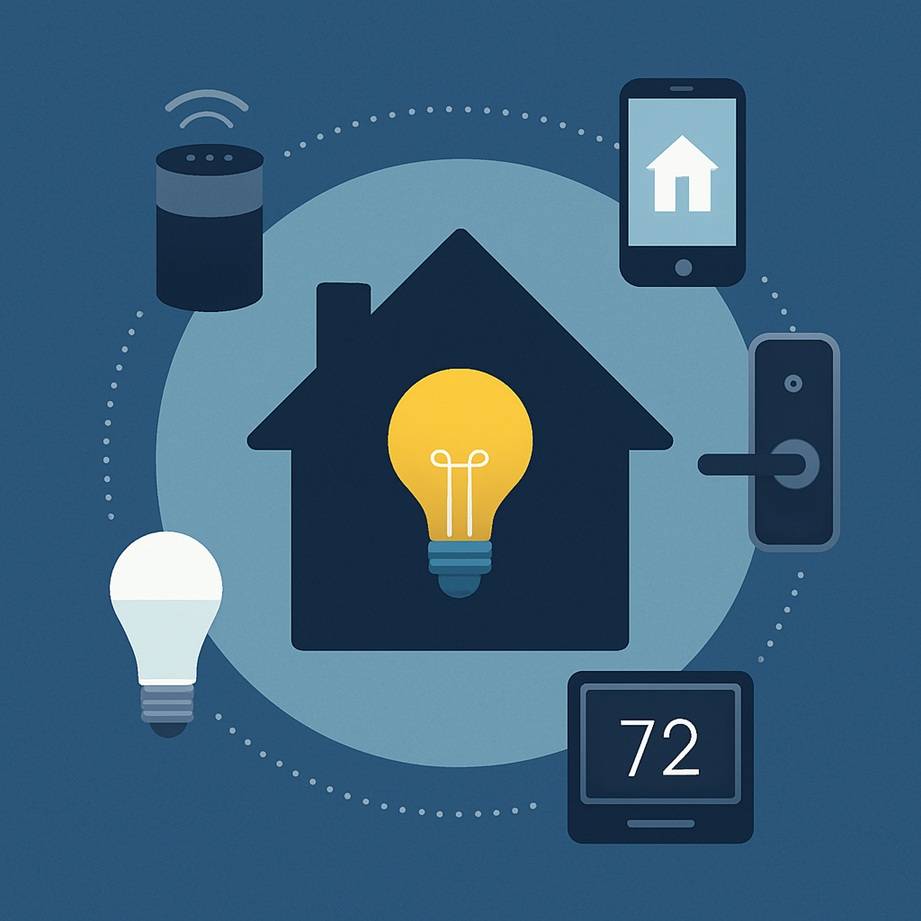From Lights to Locks: A Beginner's Guide to Home Automation
Home automation is revolutionizing how we live, offering comfort, convenience, and enhanced security at the touch of a button—or even a voice command. As technology becomes more affordable and user-friendly, more households are embracing home automation to simplify everyday tasks. This beginner’s guide is designed to help newcomers understand the fundamentals of home automation, starting with the most accessible and impactful features: smart lighting and locks. By the end, you’ll know exactly how to take your first steps into automating your home environment.
Table of Contents
What Is Home Automation?
It refers to the technology that allows you to control various systems in your home—like lighting, heating, and security—automatically or remotely. It’s often called a “smart home” because it gives everyday objects like lights, thermostats, and locks the ability to respond to your commands or programmed schedules.
Imagine your lights turning on when you enter a room or your front door unlocking as you approach. These are just some of the simple, yet powerful ways home automation can enhance daily life. For beginners, the biggest benefits include convenience, improved energy efficiency, and an added layer of security. And the best part? It doesn’t require advanced technical knowledge to get started.
Getting Started with Smart Lighting
Smart lighting is one of the easiest and most popular entry points into home automation. Brands like Philips Hue, Aqaara, and LIFX offer smart bulbs that can be controlled through mobile apps or voice assistants like Alexa, Google Assistant, and Siri.
Setting up smart lights usually involves replacing your current bulbs with compatible smart bulbs, connecting them to your Wi-Fi network, and installing the corresponding app. Once installed, you can control the lights remotely, set them on a schedule, or even program scenes for different moods.
Beginner tips include choosing bulbs that work with your preferred voice assistant or hub, experimenting with dimmable settings, and setting lights to turn on and off at specific times. This not only adds comfort but also helps reduce energy bills.
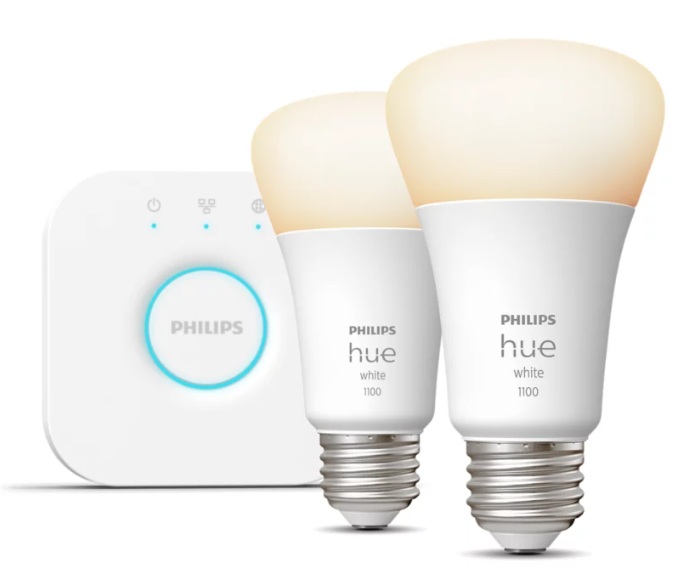
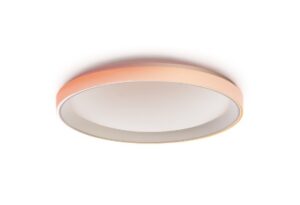
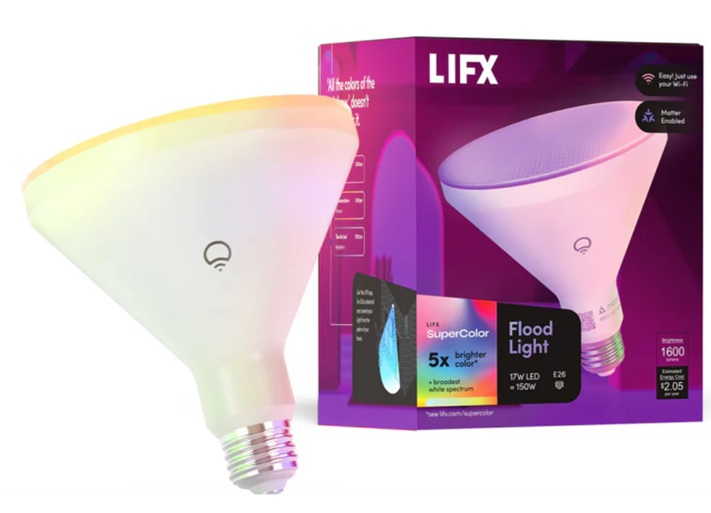
Exploring Smart Locks for Home Security
Smart locks are another cornerstone of home automation, especially for those concerned about safety and convenience. Brands like Aqara, August and Yale offer smart locks that enable you to lock and unlock your doors using your smartphone, often with the added benefit of remote access and keyless entry.
Most smart locks are easy to install and fit right over your existing deadbolt, meaning you don’t have to replace your entire door lock. Once installed, you can grant temporary access to guests, get notifications when someone enters, and even lock your door remotely.
Many models integrate with other smart home devices, allowing your lights to turn on when you unlock the door or your security system to disarm as you enter. This level of integration enhances both security and user experience, making smart locks a must-have for any beginner’s smart home.
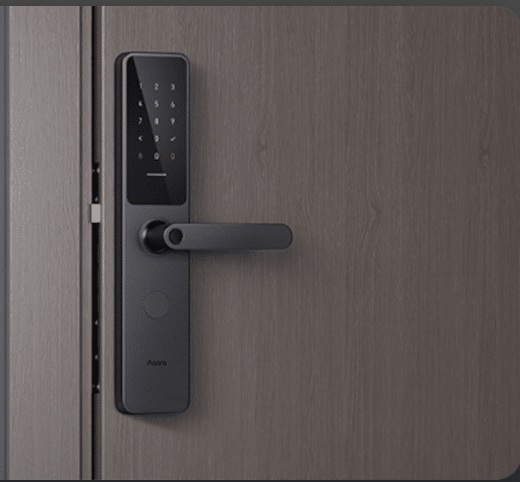
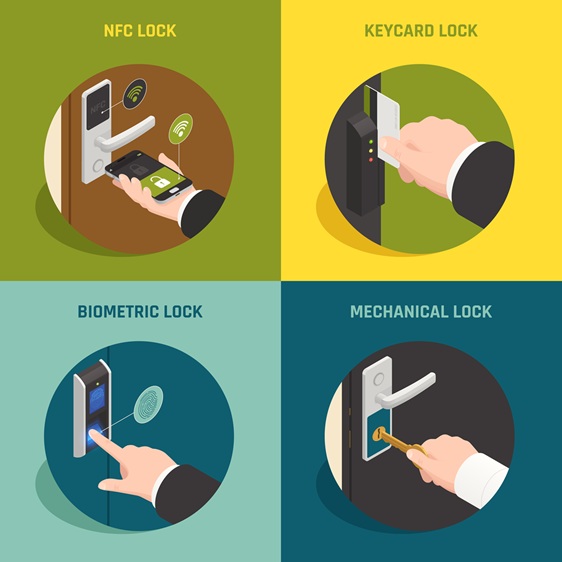
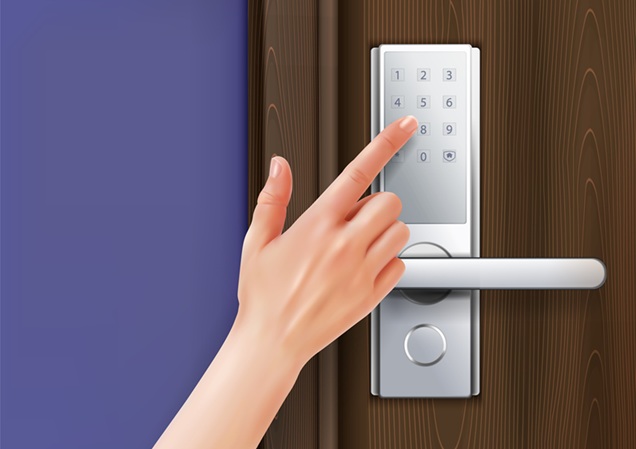
Other Beginner-Friendly Automation Devices
Beyond lights and locks, there are plenty of other beginner-friendly devices that expand your home automation ecosystem. Smart thermostats like Nest and Ecobee allow you to control your home’s temperature remotely, learn your schedule, and adjust settings to save energy.
Smart plugs are another simple but powerful tool. By plugging them into your standard outlets, you can control lamps, coffee makers, or even your fan through an app or voice command. These plugs are great for automating small appliances or managing hard-to-reach switches.
Together, these devices can be programmed to work in unison. For instance, your thermostat can lower the temperature when you leave the house, while the smart plugs turn off unused appliances, enhancing comfort and efficiency.
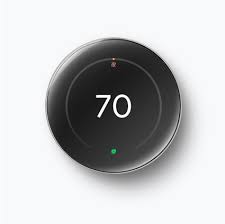
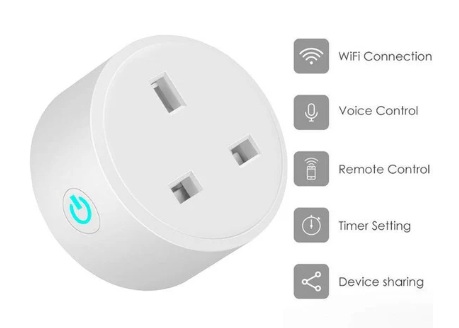
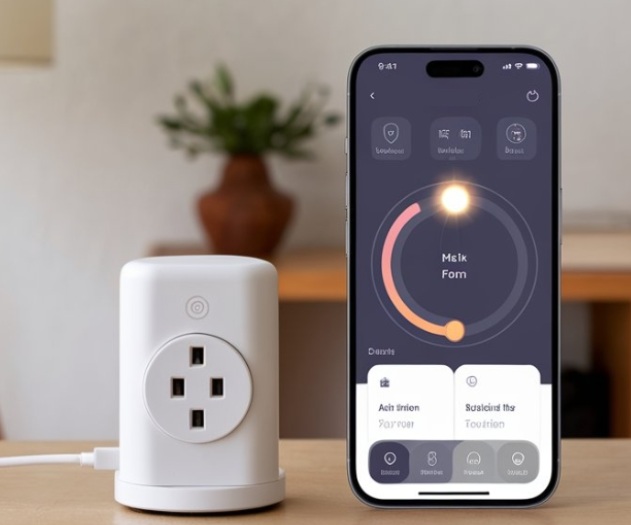
Choosing a Smart Home Hub or Platform
As you add more devices, it becomes essential to unify them under a single platform or hub. Smart home hubs like Amazon Echo and Google Home make it easy to control your entire system using voice commands or a single app.
Alternatively, platforms like Apple HomeKit offer tight integration for Apple users, while others like SmartThings provide a more open-ended setup for tech-savvy users.
Each option has its pros and cons. Voice assistants are incredibly convenient and easy to use, while dedicated hubs might offer more device compatibility and advanced routines. When choosing a hub, make sure it supports your current devices and has room to grow with your smart home ambitions.
Tips for Building Your First Smart Home
Starting small is key. Focus on one or two devices—such as a smart bulb and a lock—before expanding. This helps you understand how home automation works without feeling overwhelmed.
Make sure your Internet and Wi-Fi is stable and reliable, especially where your devices are located. For tips on fast internet Click Here. To learn how to improve your Wi-Fi coverage, visit Here. Also, ensure your devices are compatible with each other and the platform you’re using.
Budget-wise, consider purchasing starter kits that bundle multiple compatible devices at a lower cost. These often come with detailed setup guides and are optimized for beginners.
Conclusion
Home automation offers a gateway to a smarter, safer, and more efficient home. Starting with smart lights and locks is not only affordable but also impactful, providing instant value through increased convenience and control.
As you get comfortable with these basics, feel free to explore other areas like thermostats, plugs, and security systems. The world of home automation is vast and full of potential—so don’t be afraid to experiment. Share your first project in the comments below or ask questions if you’re just getting started. There’s never been a better time to join the smart home revolution.
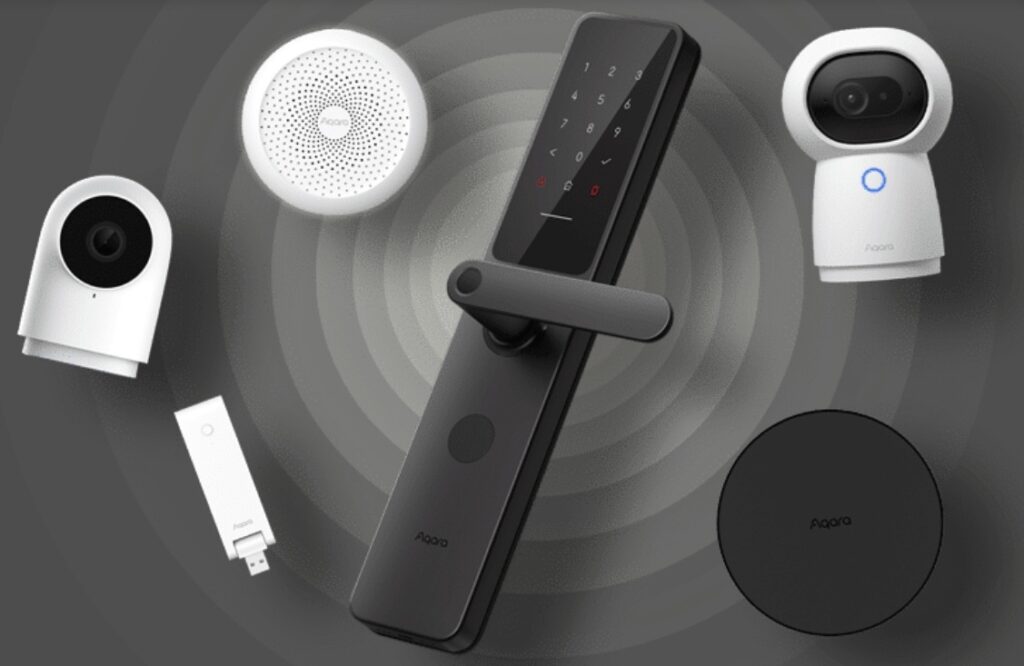
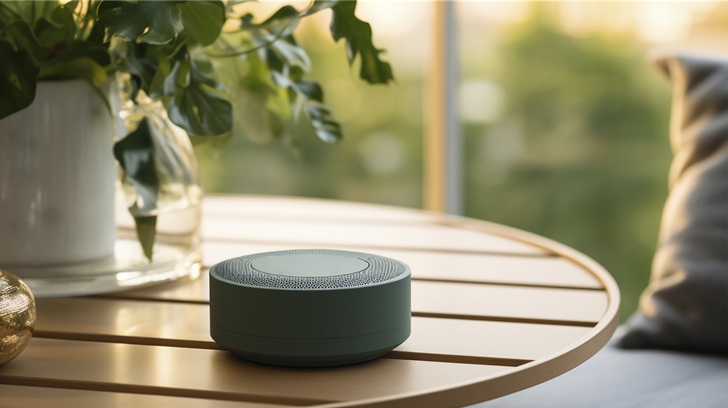
Frequently Asked Question | FAQs
What is the easiest way to start with home automation?
The easiest way is to begin with smart lighting and smart plugs. They are affordable, easy to install, and offer instant control via apps or voice assistants.
Are smart locks safe to use?
Yes, smart locks are designed with encryption and security features. Many even notify you of activity and let you control access remotely.
Can home automation save money on energy bills?
Absolutely. Smart thermostats and lighting systems help you manage energy use efficiently, reducing waste and lowering utility bills.
Do I need a hub for home automation?
Not always. Many devices work independently via Wi-Fi, but a hub can streamline control and expand automation capabilities.
Is home automation difficult to install?
Most beginner-friendly devices are designed for DIY installation. They come with guides and are compatible with common household systems.
Can I control my home automation devices when I’m not at home?
Yes. As long as your devices are connected to the internet, you can control them remotely through their apps or via voice assistants.

